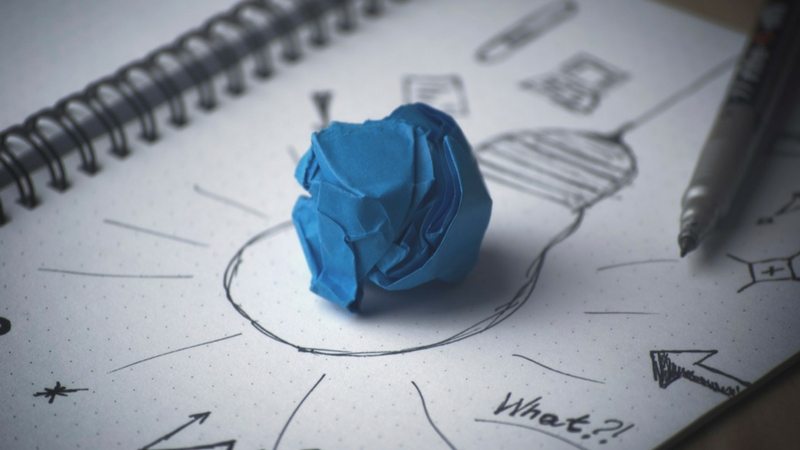What Is Product Development, Anyway?
Episode #1 of the course Product development 101 by Jeff Brunski
Hey there! Welcome to Product Development 101. I’m Jeff Brunski. I’ve worked in product development for more than a decade. I’m very excited to share all of this info with you, and I promise to keep this course interesting and fun!
The goal is to give you the 30,000-foot overview of product development—simple enough for a novice but also chock full of good links for more experienced people looking to dive deeper.
So, without any further ado, let’s “a-do” this (expect more bad jokes like this in the days to come).
To start, let’s define a few terms and make sure we’re speaking the same language.
What Is a Product?
Silly question, right? Well, different people use different terms differently, so while there is no official right or wrong definitions, here’s how I define the term: A product can be a physical thing offered for sale, but it can also be a service or a non-physical object, like an app. Additionally, for the purposes of this course, a product can be a sub-component or element of a larger product (for example, a new feature within an existing piece of software).
When I say product, think of these classic examples: a smartphone, a TV show delivered over the internet, or a stay at a luxury resort.
What Is Product Development?
Product development is a term encompassing all activities done in support of creating a product, from identifying the market opportunity to launching the product into the market.
Here’s a good quote from an excellent book called Revolutionizing Product Development:
“New products and processes come to the market through a process that first transforms ideas and concepts into working prototypes through detailed design and engineering, then tests and refines them, and finally prepares the product design and factories for commercial operation.”
That pretty much sums it up.
Now, you might think that it sounds ridiculous to say that all products are developed via the exact same process. That is not entirely wrong, and we’ll actually talk about different development methodologies toward the end of the course. But despite the differences from one industry to the next, there is a fundamental approach to product development that is quite universal.
By the end of this course, you’ll have a really good feel for that universal process. We’ll cover the major phases, including: identifying market opportunities, ideating and selecting product solutions, specifying the product, prototyping, refining, and launching.
I think that’s enough for Day 1; I don’t want to wear you out too early! Next time, we’re going to talk about who is involved with product development.
Recommended books
Product Design and Development by Karl Ulrich and Steven Eppinger. This textbook covers most of the key concepts and is pretty readable for an academic book.
The Product Manager’s Desk Reference by Steven Haines. I think this is perhaps the first book you should read if you want a comprehensive reference for all things related to product development.
Revolutionizing Product Development by Steven C. Wheelwright and Kim B. Clark. Full overview of the development process, as well as team structures, management insights, and how to build development capability.
Share with friends

